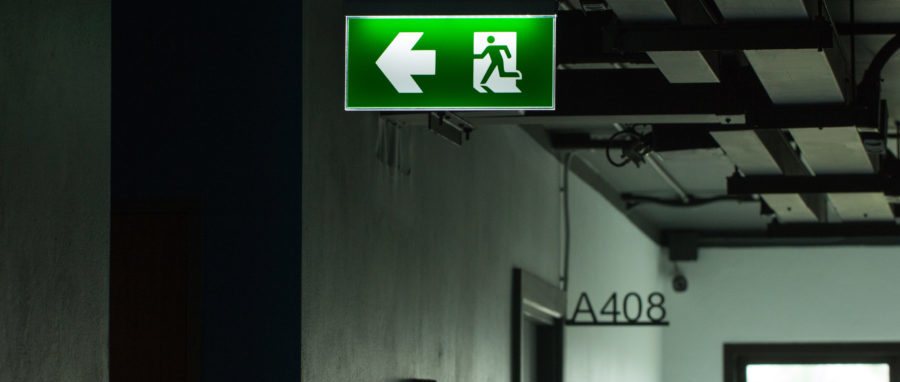The building safety manager in the new fire safety regime
In our previous article on the government’s proposed post-Grenfell fire safety regime for multi-occupied residential buildings that are over 18 metres high, we looked at the role of the accountable person (AP), who will have overall responsibility for the safety of the building once it is occupied.
Among the most crucial duties placed on the AP is the appointment of a building safety manager (BSM) – a new position that is the subject of this article. The BSM will support the AP in fulfilling its duties to manage fire and structural risks and will have the day-to-day task of ensuring that the building is safely managed and maintained.
The AP must nominate either itself or a managing agent or contractor to act as the BSM, although it will in any case need to maintain overall control and supervision of the BSM and satisfy the Building Safety Regulator that the BSM meets the tests for registration. The government is clear, however, that the AP will not, “under any circumstances”, be able to delegate to the BSM responsibility for complying with the building safety certificate and the safety case, or any liability for failing to do so. The BSM will nevertheless be accountable for its performance in complying with the certificate, “unless it can show that failure to comply was the result of obstruction or negligence on the part of the AP”.
In deciding whether to register a BSM, the regulator will need to be satisfied that the BSM has the team, funding, experience, qualifications and competence (see below) to undertake the functions necessary to comply with the certificate. The regulator will consult other “responsible” bodies in reaching its decision – for example, local authorities or professional and trade bodies.
The BSM’s specific functions will include:
ensuring that those employed to maintain, manage and check the building have the necessary skills, knowledge and experience;
maintaining information management systems to facilitate safe management of the building;
maintaining the building’s safety case so that risks are proactively identified and mitigating measures implemented and maintained;
• ensuring that building remediation is undertaken in order to meet the conditions of the building safety certificate;
• ensuring that fire risk assessments for the building are undertaken and reviewed regularly, and that recommendations are implemented in a timely fashion;
• reporting specified “mandatory occurrences” – for example the partial or total failure of emergency fire systems – to the Building Safety Regulator; and
• engaging residents about the safe management of their building, providing them with a route to escalate their concerns.
An industry-led group is developing competencies for the whole of the new regime, including for the BSM. The requirements will be formalised in a suite of national standards. Broadly, they will involve an “understanding of all aspects of building safety and the impact of construction works or in-use activities on the design intent throughout the life cycle, skills of interrogation and the ability to identify major hazards and minimise the risk to safety during operation”.
The government envisages that there might be circumstances in which “there is no one suitable, for the time being” to be the BSM or where the BSM is no longer suitable. In such cases, the Building Safety Regulator would, as a “last resort”, appoint an independent BSM, who would be answerable to the regulator (and not the AP). Concerned to “discourage this from being the default”, the government intends placing a new criminal offence on the AP of not submitting a valid application to register the building with the regulator.
Next: Engaging a building’s occupants.
